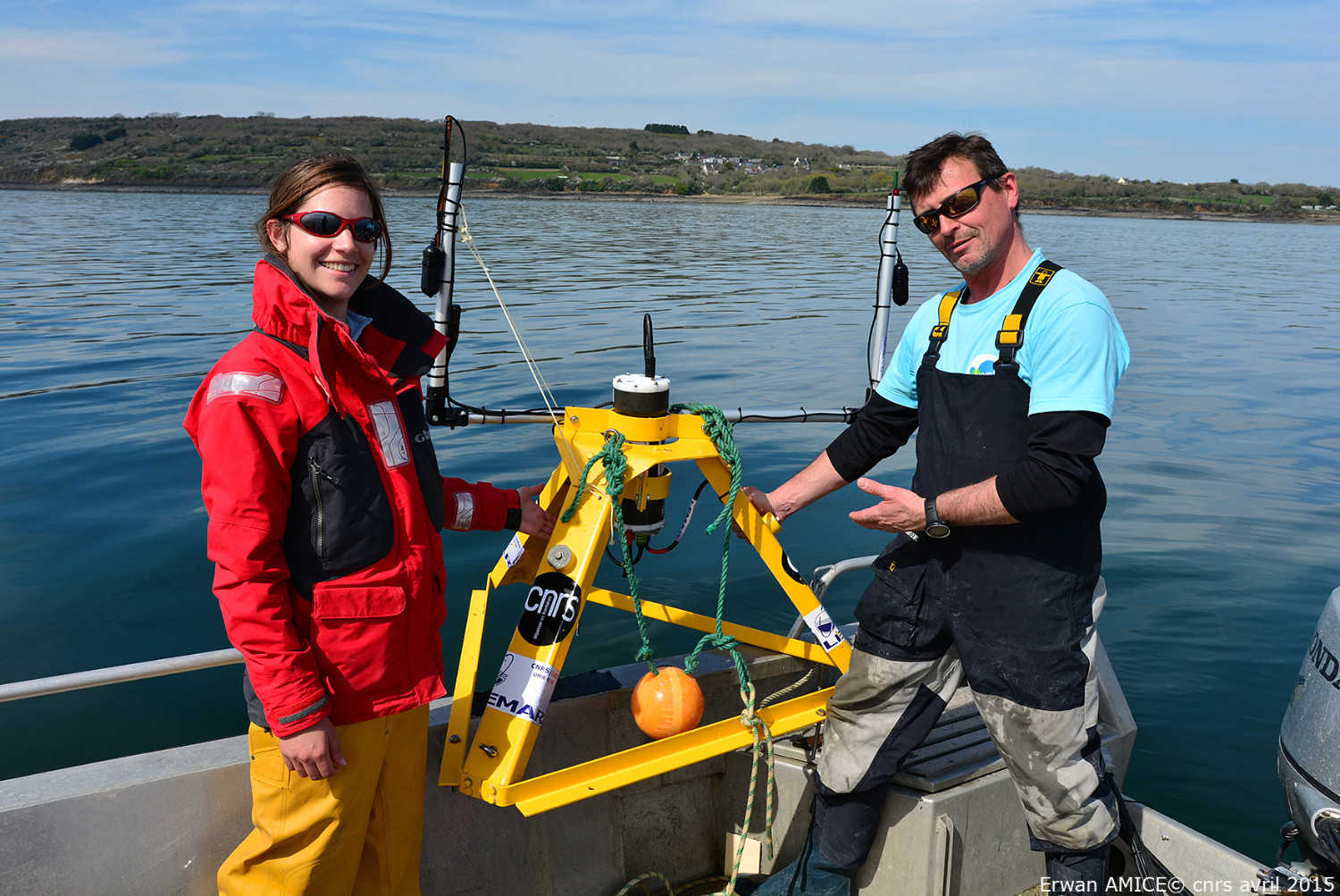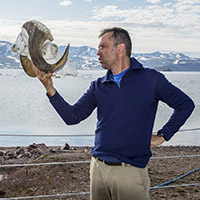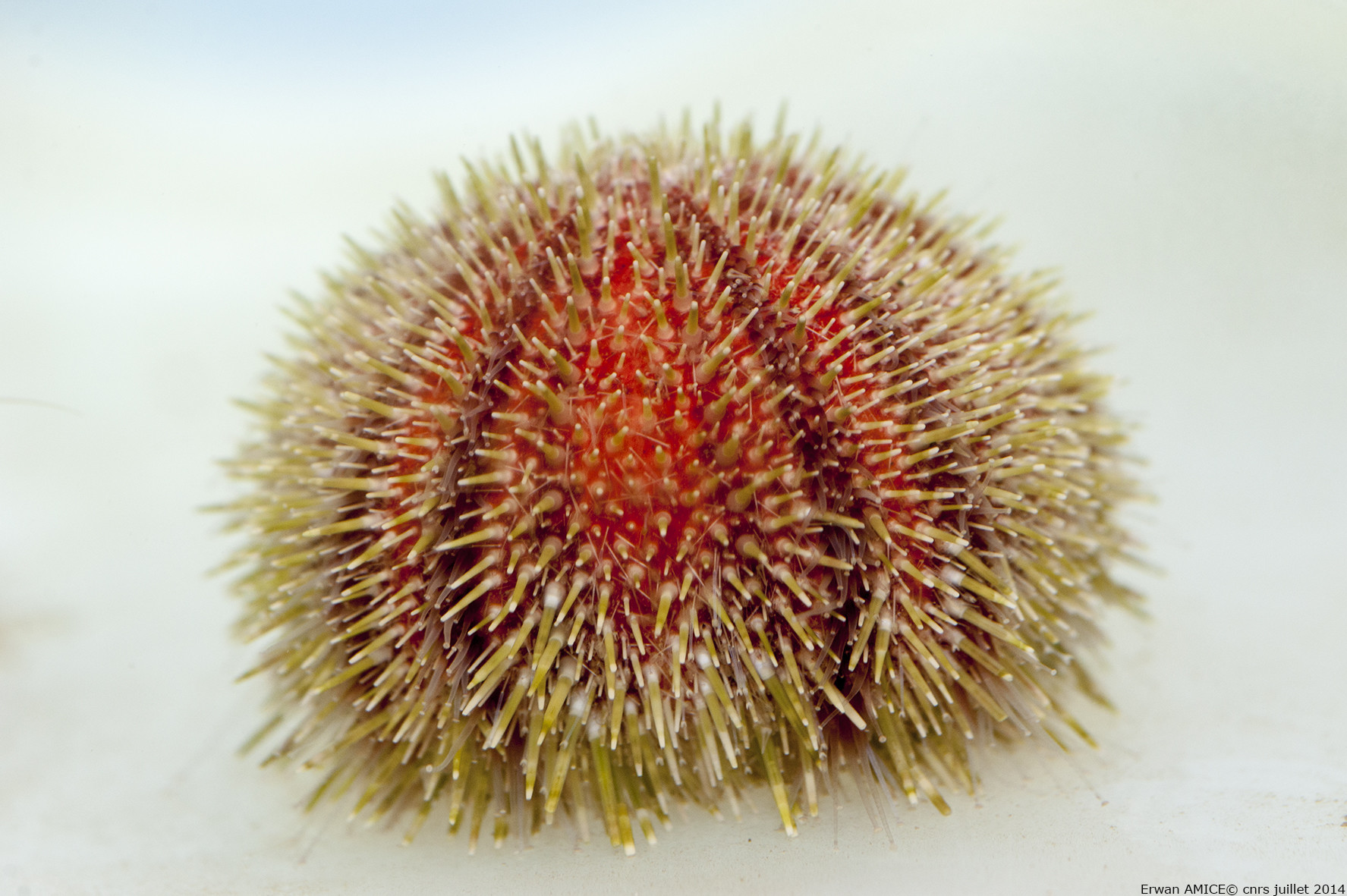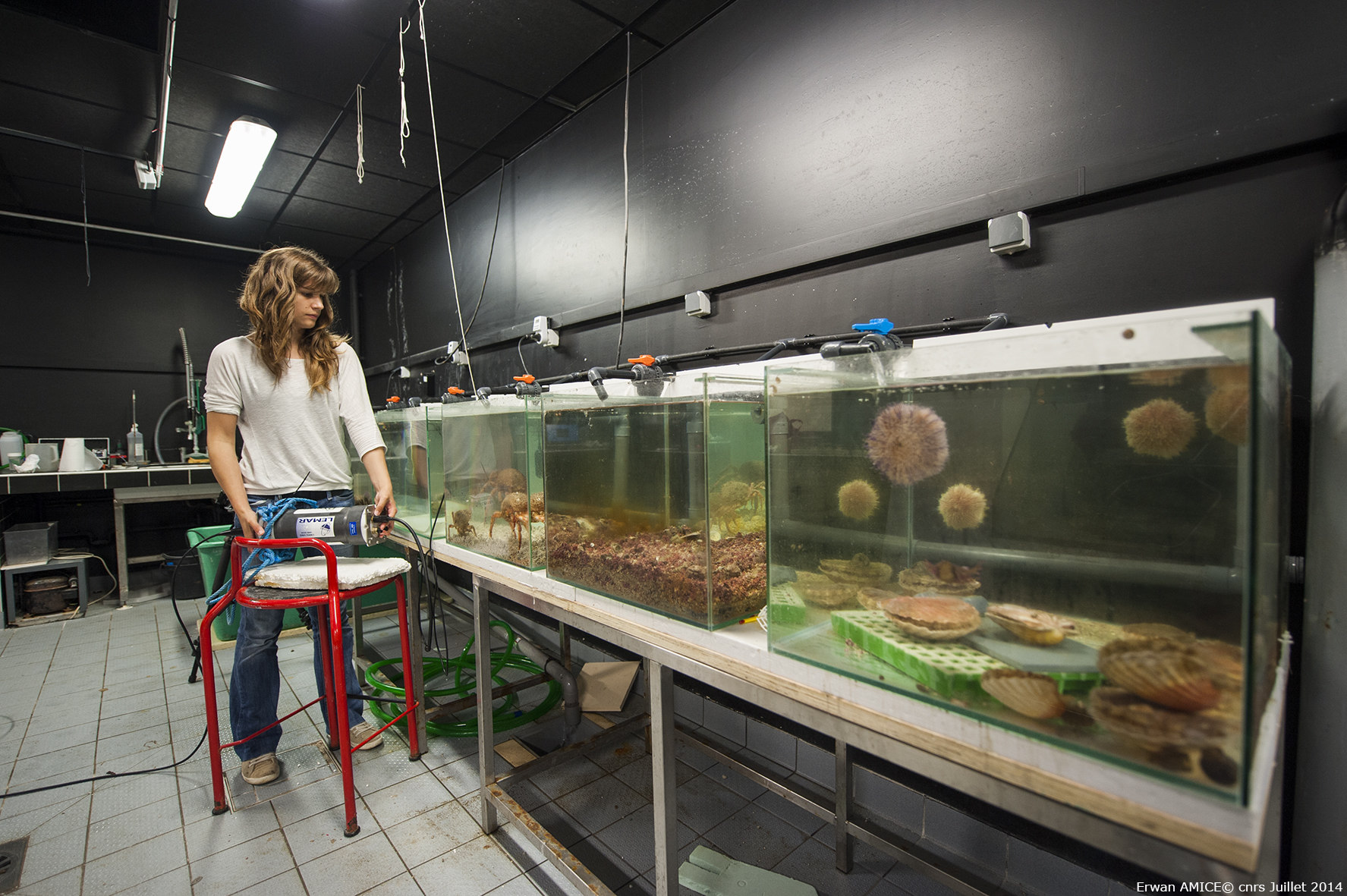
Primary contact / Principal Investigator

Laurent Chauvaud
CNRS
Contact, France

Laurent Chauvaud
CNRS
Contact, Quebec

Réjean Tremblay
UQAR
Sound production by benthic invertebrates in temperate coastal habitats : diversity of sounds and potential uses in marine ecology
Candidate : Laura Coquereau
Research profile : https://www.researchgate.net/profile/Laura_Coquereau
Defended : 6 Decembre 2016 at the Université de Bretagne Occidentale
Biological sound production, as studied by passive acoustics, should be considered as a complementary method to study the effect of anthropogenic disturbances on coastal systems. While sounds emitted by marine mammals and fish are well documented, those from benthic invertebrates are poorly described, although they can play key roles in marine ecosystems. The main goal of this PhD work was to evaluate the suitability of passive acoustics as an ecological tool based on sound production by benthic invertebrates living in temperate coastal habitats, and particularly in maerl beds of the Bay of Brest.
We highlighted the existence of interesting soniferous species that appear to be good candidates to monitor in the field. This work also showed the important contribution of some benthic invertebrates to the underwater soundscape, suggesting that benthic sounds should not be attributed only to snapping shrimps. The second part of this PhD thesis emphasized that changes in benthic invertebrate sound production, at individual or collective scales, provides valuable information on the detection of stress such as a toxic algal blooms or the impact of dredging. Thus, the number of soniferous movements made by the great scallop doubles in the presence of high concentrations of toxic algae, and the soundscape of heavily fished maerl beds is three times quieter and less complex than preserved ones.
The results of this PhD thesis, which are discussed in the context of tool development for the assessment of marine ecosystem health, raise new working hypotheses in marine ecology.
Publications :
- Coquereau L, Grall J, Chauvaud L, Gervaise C, Clavier J, Jolivet A & Di Iorio L, 2016. Sound production and associated behaviors of benthic invertebrates from northeast Atlantic coastal habitat. Marine Biology 163:127
- Coquereau L, Jolivet A, Hegaret H & Chauvaud L, 2016. Short-term behavioural responses of the great scallop Pecten maximus exposed to the toxic alga Alexandrium minutum measured by accelerometry and passive acoustics. PloS One 10(8):e0135213
- Coquereau L, Grall, J, Jolivet A, Clavier J & Chauvaud L, 2016. Acoustic behaviours of large crustaceans in northeast Atlantic coastal habitats. Aquatic Biology 25:151-163
- Coquereau L, Lossent J, Grall, J & Chauvaud L, 2016. Marine soundscape shaped by fishing activity. Royal Society Open Science 4:160606
Production sonore des invertébrés benthiques d’habitats côtiers tempérés: diversité et utilisation potentielle en écologie marine
Doctorante : Laura Coquereau
Profil de recherche : https://www.researchgate.net/profile/Laura_Coquereau
Soutenu : le 6 décembre 2016 à l'Université de Bretagne Occidentale
La production sonore biologique, étudiée par acoustique passive, doit être évaluée comme méthode complémentaire pour l’étude des effets des perturbations anthropiques sur les milieux côtiers. Alors que les sons émis par les mammifères marins et les poissons sont largement documentés, ceux issus des invertébrés benthiques restent peu décrits, même si ces derniers peuvent assurer des fonctions-clés dans les systèmes marins. L’enjeu principal de cette thèse était d’évaluer la pertinence de l’utilisation de l’acoustique passive comme outil écologique en s’appuyant sur la biophonie des invertébrés benthiques d’habitats côtiers tempérés et plus particulièrement en prenant comme habitat-modèle les bancs de maërl de la rade de Brest.
Nous avons mis en évidence l’existence d’espèces sonifères remarquables qui constituent de bons candidats pour leur suivi en milieu naturel. Ces travaux ont de plus montré l’importante contribution de certains invertébrés benthiques dans le paysage sonore sous-marin, encourageant à ne plus imputer systématiquement les sons benthiques uniquement aux « crevettes claqueuses ». Le deuxième volet de cette thèse a montré que les variations de production sonore des invertébrés benthiques, à l’échelle individuelle ou collective, offrent des informations précieuses sur la mise en évidence de stress tels qu’un bloom d’algues toxiques ou l’impact du dragage. Ainsi, le nombre de mouvements sonifères des coquilles Saint-Jacques est doublé en présence de fortes concentrations d’algues toxiques, et le paysage sonore des bancs de maërl fortement pêchés est trois fois plus silencieux et moins complexe que celui du maërl préservé.
Les résultats de ce travail de thèse, discutés dans un contexte de développement d’outils pour l’évaluation de l’état de santé des écosystèmes marins, permettent l’émergence de nouvelles hypothèses de travail en écologie marine.
Publications issues de la thèse :
- Coquereau L, Grall J, Chauvaud L, Gervaise C, Clavier J, Jolivet A & Di Iorio L, 2016. Sound production and associated behaviors of benthic invertebrates from northeast Atlantic coastal habitat. Marine Biology 163:127
- Coquereau L, Jolivet A, Hegaret H & Chauvaud L, 2016. Short-term behavioural responses of the great scallop Pecten maximus exposed to the toxic alga Alexandrium minutum measured by accelerometry and passive acoustics. PloS One 10(8):e0135213
- Coquereau L, Grall, J, Jolivet A, Clavier J & Chauvaud L, 2016. Acoustic behaviours of large crustaceans in northeast Atlantic coastal habitats. Aquatic Biology 25:151-163
- Coquereau L, Lossent J, Grall, J & Chauvaud L, 2016. Marine soundscape shaped by fishing activity. Royal Society Open Science 4:160606

